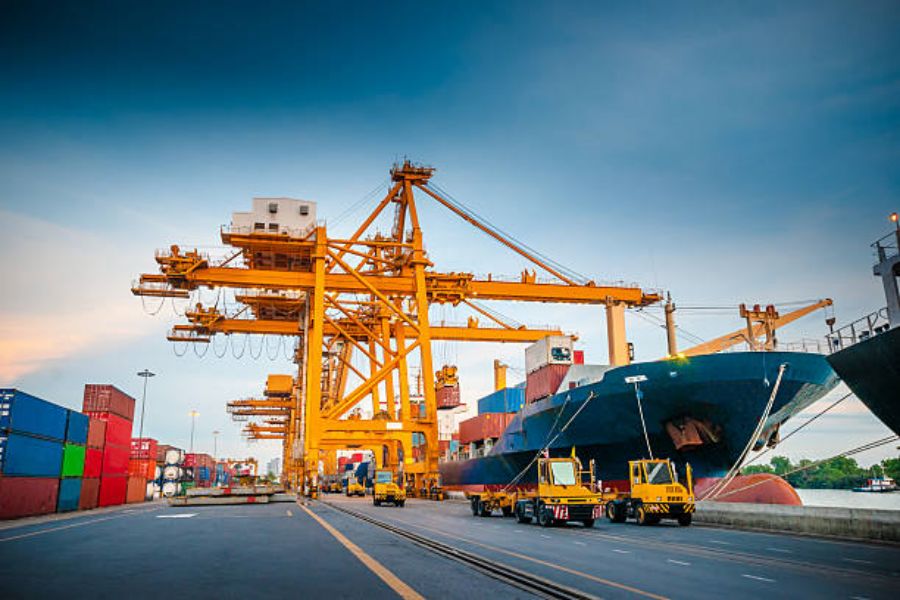Table of Contents

Introduction:
Welcome to our comprehensive guide on hoist and crane, the essential industrial lifting equipment used in various industries. In this article, we will delve into different aspects of hoists and cranes, including their types, applications, safety measures, and maintenance. Whether you are a professional in the industry or simply curious about this critical machinery, this guide will provide you with valuable insights.
1. Understanding Hoists and Cranes: A Brief Overview
Hoists and cranes are mechanical devices used to lift, lower, and transport heavy loads in industrial settings. While both terms are often used interchangeably, there is a subtle difference between them. A hoist is typically a smaller lifting device that is used to lift and lower objects vertically, while a crane is a larger and more complex machine that can move loads horizontally as well.
2. Types of Hoists
There are several types of hoists available, each designed for specific lifting purposes. Some common types include electric chain hoists, wire rope hoists, lever hoists, and manual chain hoists. Electric chain hoists are the most commonly used, offering high lifting capacities and precise control. Wire rope hoists are ideal for heavy-duty applications, while lever hoists are compact and portable. Manual chain hoists, on the other hand, are manually operated and suitable for lighter loads.
3. Different Types of Cranes
Cranes come in various designs, each tailored to specific lifting requirements. Some popular crane types include overhead cranes, gantry cranes, jib cranes, and tower cranes. Overhead cranes are commonly used in factories and warehouses, providing efficient vertical and horizontal movement. Gantry cranes are similar to overhead cranes but have mobility along rails. Jib cranes have a pivoting arm and are often used in smaller work areas. Tower cranes are tall and sturdy, typically seen in construction sites.
4. Applications of Hoists and Cranes
Hoists and cranes find applications in various industries, including manufacturing, construction, logistics, and transportation. In manufacturing, they are used for lifting heavy machinery and equipment during production processes. In construction, cranes are vital for lifting materials to different levels of a building or for heavy lifting during infrastructure projects. Logistical operations rely on hoists and cranes for loading and unloading cargo efficiently.
5. Safety Measures for Hoist and Crane Operations
Working with hoists and cranes involves inherent risks, and it is crucial to prioritize safety. Some essential safety measures include thorough operator training, regular equipment inspections, and proper load calculations. Following weight capacity limits, maintaining clear communication between operators, and ensuring a well-maintained work environment are also crucial. Implementing safety protocols and using personal protective equipment can significantly reduce the risk of accidents.
6. Maintenance and Inspection of Hoists and Cranes
Regular maintenance and inspection are vital to ensure the safe and efficient operation of hoists and cranes. This includes checking for wear and tear, lubricating moving parts, and inspecting electrical systems. It is important to follow manufacturer guidelines for maintenance intervals and to keep a detailed record of inspections. Any signs of malfunction or damage should be addressed immediately, and repairs should be performed by qualified technicians.
7. Choosing the Right Hoist and Crane for Your Needs
When selecting a hoist or crane for a specific application, several factors need to be considered. These include the weight and dimensions of the load, the required lifting height, the available space, and the operational environment. It is crucial to consult with experts or suppliers to ensure the chosen equipment meets all the necessary requirements and safety standards.
8. Advancements in Hoist and Crane Technology
The hoist and crane industry continues to evolve, with advancements in technology improving safety, efficiency, and functionality. Some notable advancements include the integration of smart control systems, wireless remote operation, and advanced sensors for real-time monitoring. These innovations not only enhance productivity but also provide valuable data for preventive maintenance, reducing downtime and optimizing operations.
9. The Future of Hoists and Cranes
As industries continue to evolve, so will the demand for more advanced hoists and cranes. The future of this equipment lies in automation and robotics, with the potential for autonomous cranes and intelligent hoists. These developments will further enhance productivity, reduce the risk of human error, and streamline industrial operations.
10. Conclusion
Hoists and cranes play a vital role in various industries, enabling the lifting and movement of heavy loads with precision and efficiency. Understanding the different types, applications, safety measures, and maintenance requirements is essential for safe and effective operation. As technology advances, the future of hoists and cranes holds exciting possibilities, paving the way for even more efficient and intelligent industrial lifting equipment.
